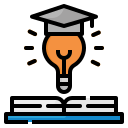Innovative Digital Tools in Language Education: Learn, Teach, Transform
Chosen theme: Innovative Digital Tools in Language Education. Explore how smart technologies, human-centered pedagogy, and creative practices come together to make language learning more personal, engaging, and effective for everyone.
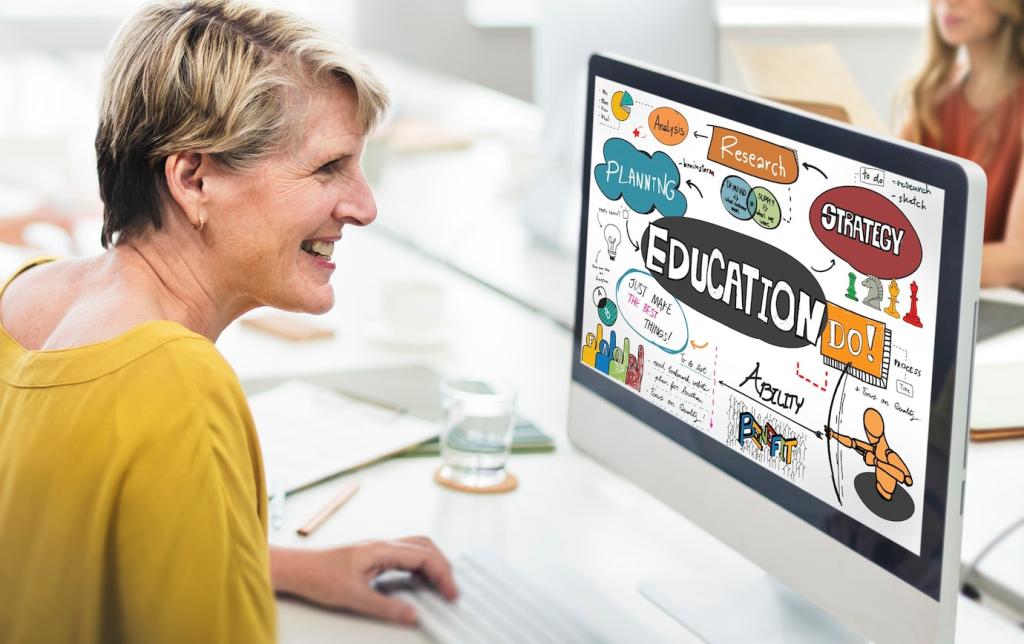
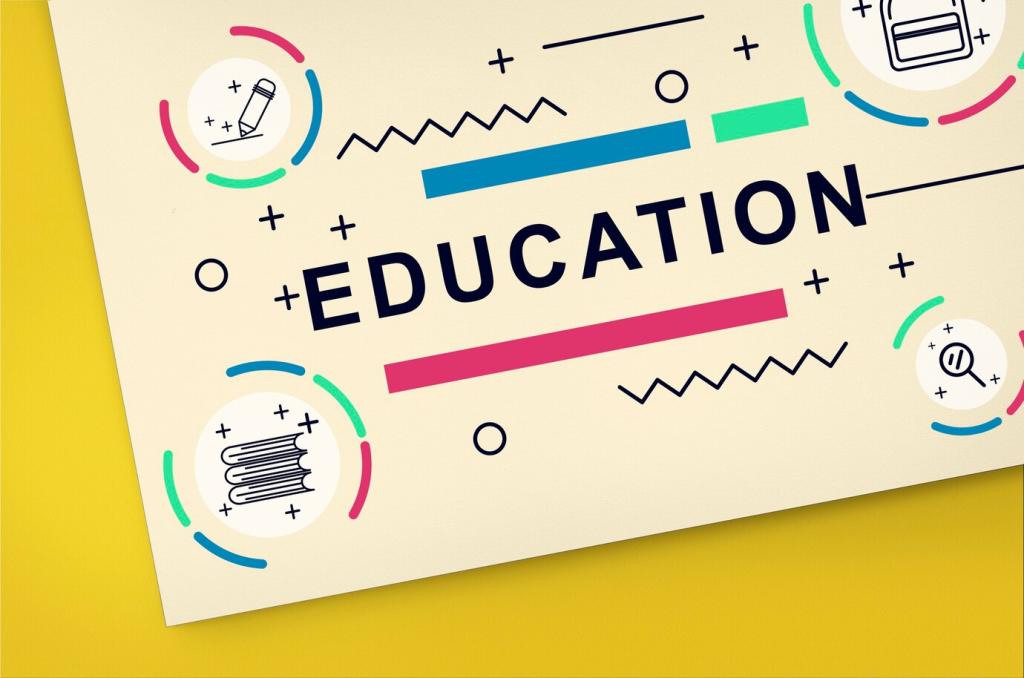
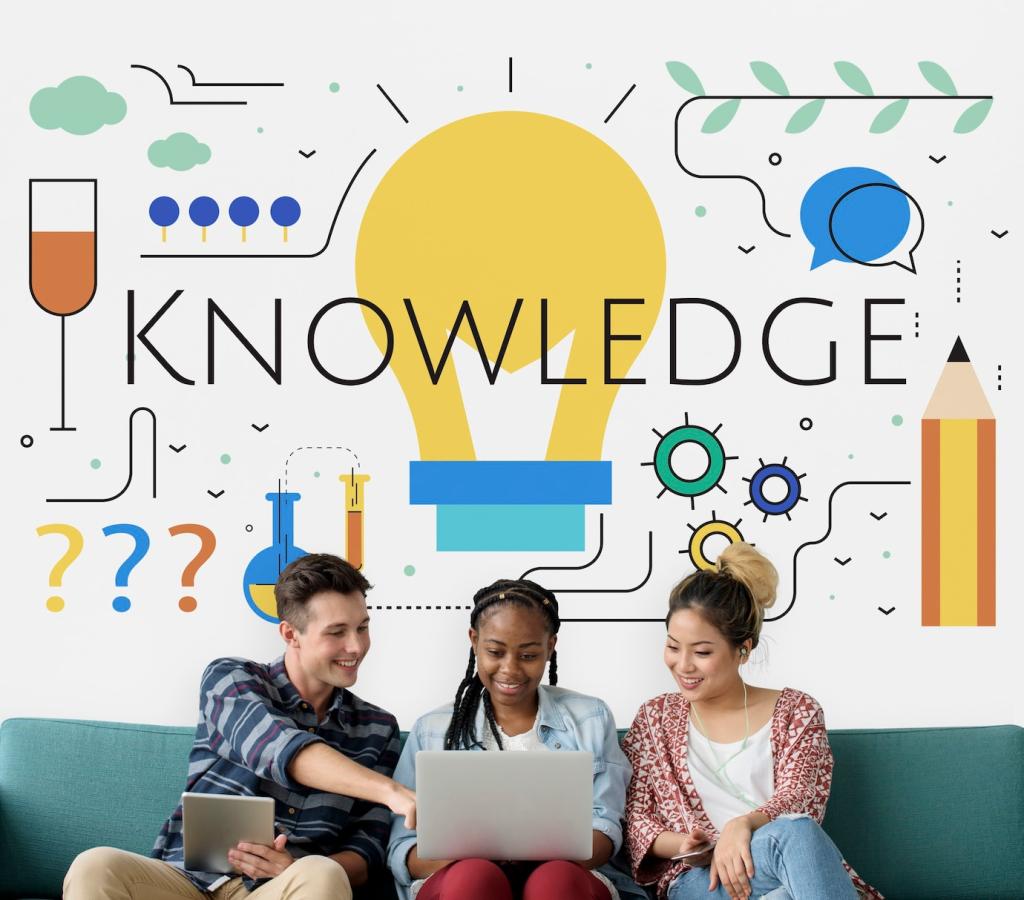
Classroom Integration That Feels Natural
Structure matters. Start with short warm-ups using digital flashcards or pronunciation checks, shift to collaborative tasks that apply new language, and end with reflective micro-assessments. This predictable flow reduces cognitive overload and makes technology a seamless ally rather than a distracting novelty.

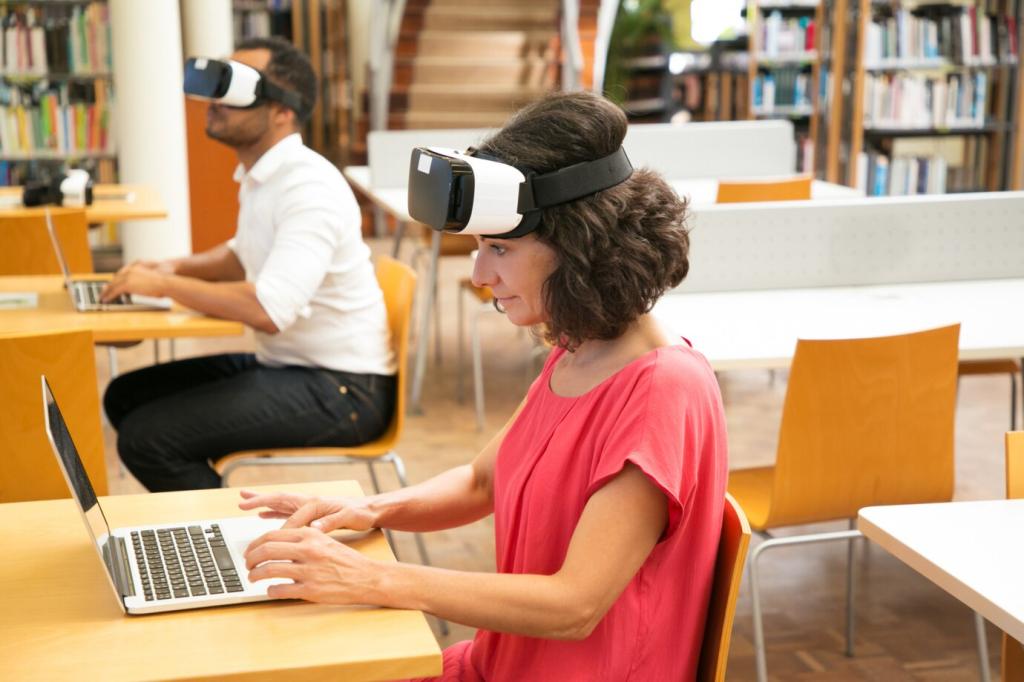
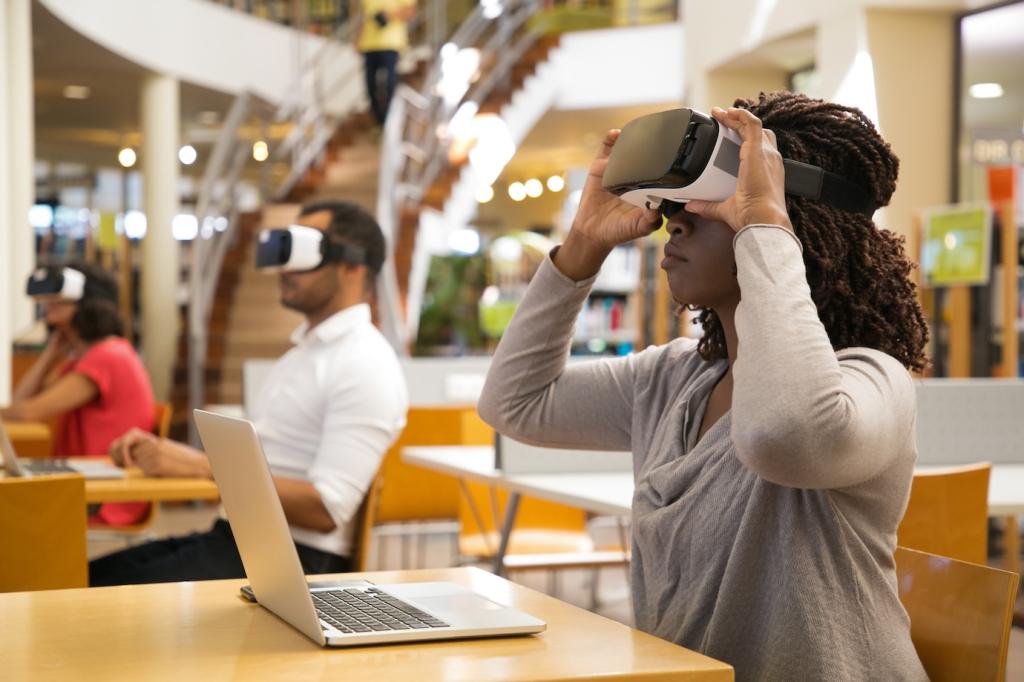

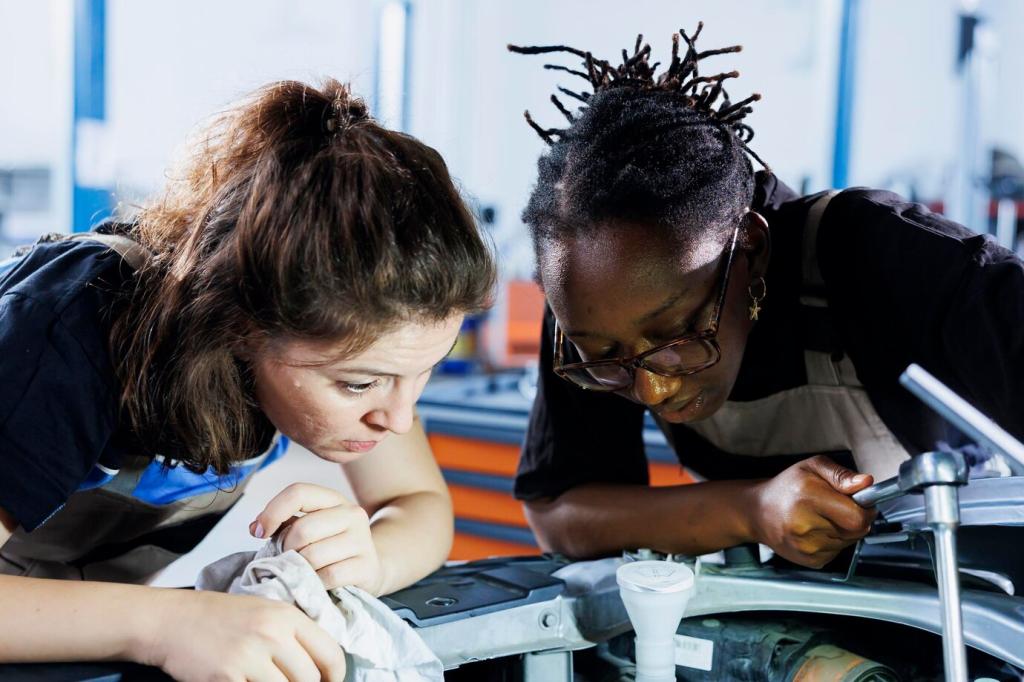
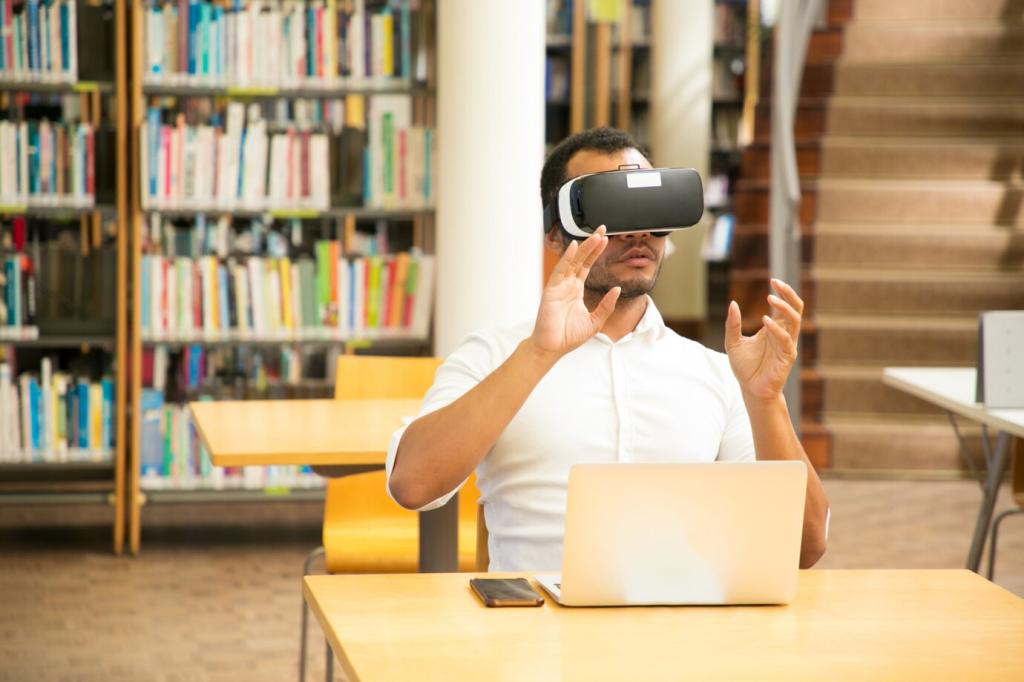
Data, Privacy, and Ethical Use
Explain what data is collected, why it matters, and how it benefits learners. Clear policies and opt-in consent create a collaborative atmosphere where students and families feel informed, empowered, and comfortable engaging deeply with the tools you’ve chosen.
Data, Privacy, and Ethical Use
Collect only what is educationally necessary, encrypt sensitive information, and set retention timelines. Prioritizing data minimization reduces risk, keeps compliance manageable, and signals respect for learner dignity in every click, upload, and submission.
Stories from the Field: Small Pilots, Big Wins
A Teacher’s First Month with Pronunciation Coaching
One teacher piloted a weekly pronunciation lab using speech analysis. Students practiced minimal pairs, tracked scores, and recorded reflections. After four weeks, shy speakers volunteered more, citing clearer feedback and practical targets. The pilot evolved into a beloved routine that students recommended to friends.
From Vocabulary Lists to Context-Rich Mastery
A high school class replaced static word lists with spaced repetition plus storytelling prompts. Students created short audio diaries using new words in personal contexts. Comprehension quizzes improved, but more importantly, learners reported greater confidence using fresh vocabulary in spontaneous conversation.
Community Partnerships for Authentic Interaction
A community center paired learners with volunteers via moderated video chats. Digital scheduling, curated prompts, and automated summaries kept sessions focused and safe. Over a semester, participants reported stronger listening stamina, faster turn-taking, and a deeper connection to the culture behind the language.
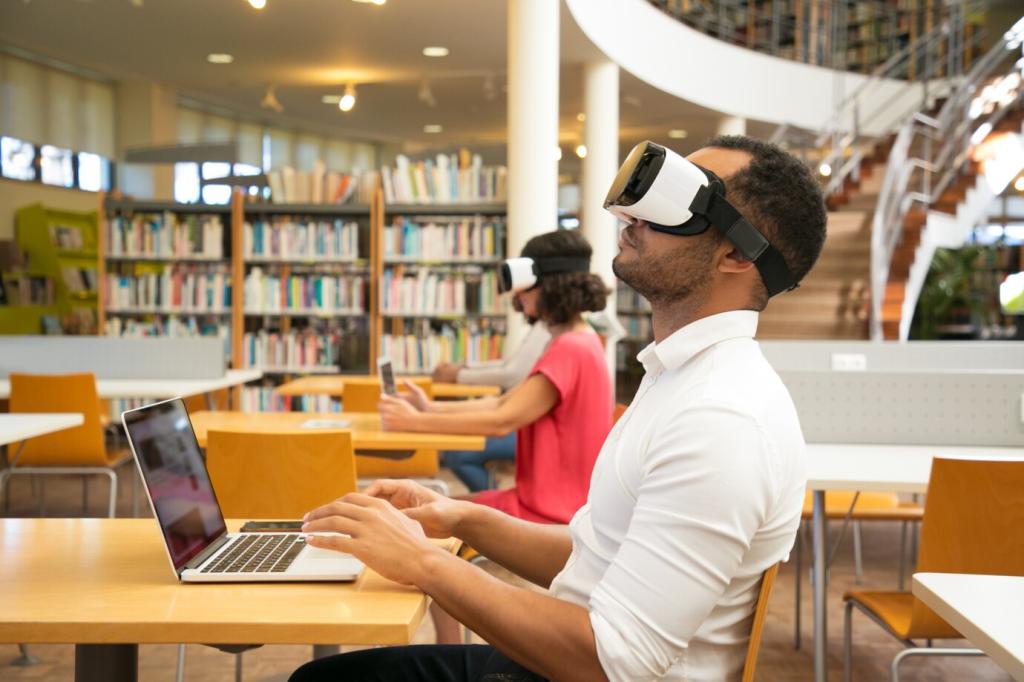

Building Your Future-Ready Language Toolkit
Start small. Choose a single skill area, define success indicators, and run a four-week pilot. Gather learner feedback, analyze usage data, and iterate. Share results with colleagues to build collective wisdom and produce guidelines your whole team can trust.
Building Your Future-Ready Language Toolkit
Schedule regular micro-trainings, host peer demos, and maintain a living playbook of classroom-tested strategies. Continuous professional learning keeps confidence high, ensures responsible adoption, and sustains the creative spark that makes digital tools genuinely transformative.
